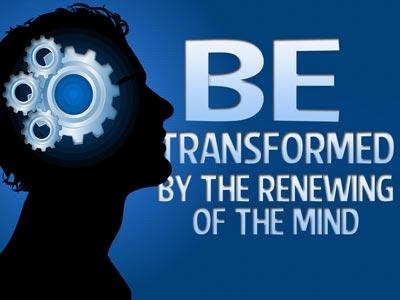-
God Only Knows
Contributed by Daniel J. Little on Dec 1, 2011 (message contributor)
Summary: A Rubik’s Cube puzzle has only 26 little cube parts but over 43 quintillion ways to arrange them with only one being right. Only God can takes the bits and pieces stored in our minds and make them come so they all work together for our good.
WARNING....
We will look a a few New Testament passages from Peterson’s Message Bible.
If you can sit tight through that then you will enjoy what I have to tell you.
Around 700 BC the great prophet Isaiah spoke of a day when many people would compare their own pointless, confused lives with the lives of those who followed God’s instructions and then say “We want to learn the ways of God so we can live lives that have meaning.
Here is the passage I am talking about. "Come, let us go up to the mountain of the Lord, to the house of the God of Jacob, that he may teach us his ways and that we may walk in his paths." (Isaiah 2:3ESV)
About 200 years later the prophet Zechariah said there was coming a time when gentiles would latch on to one Jew and say, teach us how to live like you live life.
Here is that passage. Zechariah 8:23 In those days ten men from the nations of every tongue shall take hold of the robe of a Jew, saying, ’Let us go with you, for we have heard that God is with you.’" ESV
Think of Isaiah’s words, “He will teach us of his ways and we will walk in his paths” and then think how it is for so many in our churches these days. We know a little about God’s ways, but when it comes to walking in His paths?, NOT SO MUCH.
A lot of people say that they are Christians, and that Christ is King, but they function like idolaters and atheists, doing whatever seems right in our own eyes.
Paul expresses the problem very clearly in his letter to the believers at Ephesus. “You let the world, which doesn’t know the first thing about living, tell you how to live.” (Ephesians 2:2 Message Bible)
How does the world tell us how to live?. Here is how!
Our decisions are based upon the millions of bits and pieces of raw data that have accumulated in our souls as we experience life through our senses—sight, sound, smell, taste and touch, and gathered through our spirit which is always reaching toward the unseen things. I am told that we gather 95% of that raw data by age nine (the formative years).
The data continues to accumulate as you are loved or beaten, encouraged or cursed, protected or molested, mocked or praised, treated as ugly or beautiful, laughed at or laughed with, live in plenty or poverty, and what ever the data is it is, It never goes away, just added to.
The data never changes? Yes, the data never changes.
That may seem quite sad, but here is the good news, it isn’t the raw data that shapes our decision making, but how the raw data is arranged.
What that means is that from the same data base I might say, “I’m a victim" or I might say "I’m an over comer,” or “I’m a failure or I am a conqueror.” Opposite as those pictures are, they are each formed from the same raw data. The difference is in how the data is arranged..
How does that work?
RUBIK’S CUBE
Think of it like Rubik’s Cube. In that little puzzle the parts never change, the six planes, the six colors, the 26 little cubes, and the inner mechanics, all that never changes, but did you know that there are exactly 43,252,003,274,489,856,000 (approximately forty-three quintillion) different possible permutations or in my kind of language "arrangements"?
It is the shear number of wrong arrangements but only one correct one that actually puts the puzzle back to right—right being where each of the six plains show 9 cube surfaces of the same colors.
Did you kown that some people can solve the puzzle in a matter of seconds. How is that possible? Well, certainly not by guess work. They have actually come to understand the mechanics of how the puzzle works so they know exactly how to move the pieces to bring them into puzzle solving alignment.
This is a petty good picture of the daunting problem you and I face in trying to come up with the true and correct arrangement of millions and billions of bits of data in a myriad of colors all stored up in us. In a billion life-times of guessing we could never guess how to make the parts fit together so as to make the picture of our life right.
Question: If we can’t guess then can we learn the mechanics?
Not hardly! The mechanics are metaphysical in nature and more mysterious than the latet quantum-mechanics and string theory.
All this inner data can be arranged in such a way as to paralyze you with anger or anxiety, or tyrannize you by the need for certainty, or tyrannize others through you by your need to control, or cripple you with a concept of perfection that permits you to love only the theoretical world, the world of books and plans and learning, but have you always hating and always critical of the world as it actually is—rather messy and not certain at all!

 Sermon Central
Sermon Central



